- Potential profits from domestic and international trafficking in rare Amazon parrots, sea cucumbers, totoaba, and other wildlife are soaring — attracting the same Latin American criminal syndicates notorious for drug, gun and human trafficking.
- Interpol and other international policing organizations have so far shown little interest in curbing the escalating Central and South American trade, while continuing to focus efforts in Asia and Africa.
- An October 2015 Cancun, Mexico conference held by the region’s law enforcement officials may herald a new era of cooperation between states as they begin to cooperate to police the trade.

The monk parakeets were small and bright green, crowded, almost on top of each other in a cage the size of two stacked shoeboxes. It was a humid day in crowded, bustling Market Four, a sprawling market in Asuncion, the Paraguayan capital. The pet vendor’s stall was topped with a tarp and surrounded by fruit and vegetable sellers, their wares piled high. The parakeets shuffled in their cages, stepping on each others’ toes. Some had necks worn raw and red from pecking and infection.
The parrots were endangered, protected by Paraguayan law and international treaty: it was illegal to move them out of the country; illegal to sell them inside the country without papers. In the cages next to the parrots were turtles, and little burrowing owls; all wild-caught, all illegal. You could find even more exotic fare too, a local biologist told me, if you knew to ask: monkeys were hidden under the crates of mangos and yucca. “The sellers all work together there,” she said.
The pet vendor was a potbellied middle-aged man with red eyes and a twitchy demeanor; unsurprising, given that his merchandise were illegal. As Santi, my photographer, snapped pictures of the birds, the seller moved a piece of cardboard in front of the lens. His goods were not supposed to be there: monk parakeets, owls, and monkeys are all protected by his country’s laws, and by CITES, the UN Convention on International Trade of Endangered Species which bars their export by, say, a gringo who wants to smuggle an exotic pet home.
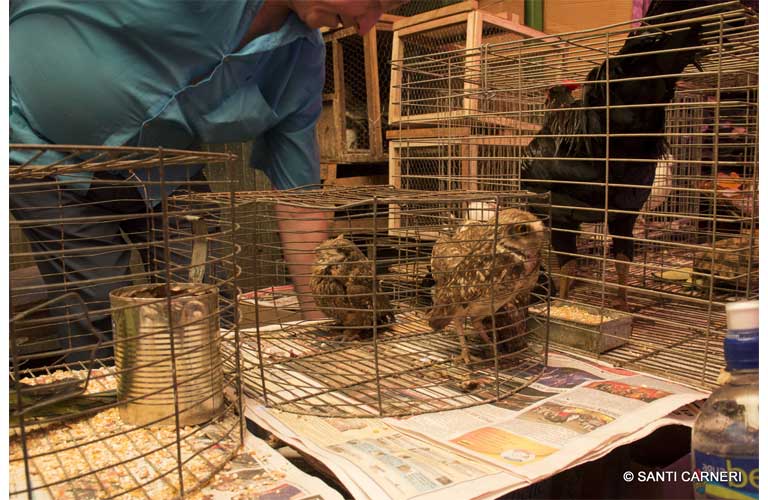
In the last few years, international law enforcement agencies like Interpol have begun to target illicit wildlife trafficking, often a source of funding for dangerous insurgent groups and transnational organized crime. And yet, here was this man, openly selling illegal animals in the middle of one of the capital’s largest markets.
Unfortunately, he is likely the tip of a vast, submerged organized crime iceberg.
Turning a blind eye
Since the 1970’s most countries worldwide have signed onto CITES. That includes Latin American nations, whose governments have provided sweeping paper protections to safeguard their wildlife.
But the paperwork hasn’t been matched by serious enforcement on the ground. And while ample international resources have poured into combating organized crime operations involved in trafficking Asian rhino horn and African ivory, no such effort has emerged in Latin America — so far. Though the trade in Paraguay and elsewhere is clearly brisk, and growing, with organized crime likely involved, it has been difficult to get local and international agencies to treat animal trafficking as a priority.
“The truth is, we have ideas about how organized wildlife trafficking is happening in Latin America, but we don’t really know,” said Jorge Rios, a former anti-drug trafficking operative who now runs the environment desk for the UN Office on Drugs and Crime (UNODC). The South American continent, he says, hasn’t been accorded law enforcement and monetary resources in accordance with its biological importance.

The result, quite simply put, is that no one has any idea just how much wildlife trafficking is going on in Latin America, precisely who is involved, or how their trafficking networks operate.
Though the global wildlife trade is estimated at $19 billion per year, neither UNODC nor Interpol can offer an educated guess of how big the trade is in Latin America. An Interpol communications director told me that he couldn’t discuss specifics like who the traffickers were, or what routes they used, simply because: “Latin America is not the main area where Interpol’s wildlife crime focus currently lies.”
It’s easy to see why the Latin American trade is slipping through the cracks. Compare the totoaba — a silvery ocean fish with a face like a shovel — to the charismatic African elephant, and you discover a key reason why Latin America has, thus far, gone underserved by international law enforcement.

One of Latin America’s curses, said Rios, is that it’s poor in “animals you might put on a postage stamp.” There’s a great deal of money available for conserving and researching animals like elephants, rhinos, chimpanzees, or gorillas, he said, “but it’s hard to get someone excited in a sea-cucumber — [a slimy, tubular, bottom feeding invertebrate] — even if it’s equally vital to an ecosystem.”
What is known
The rainforests, mountains and seas of Latin America are home to a huge number of threatened and protected species, many of which are vital to their ecosystems, and which have also proven to be quite lucrative when sold domestically and abroad — either in the pet trade (think tropical songbirds and monkeys), as food delicacies (think shark fin soup, tatoaba and sea cucumbers), as tourist souvenirs (tortoise shell combs, caiman leather boots, crocodile ash trays), or as traditional medicine (jaguar bones or the gallbladders of spectacled bears).
The evidence I saw in plain view in the market in Paraguay — which can also be seen in local and city markets in Brazil, Ecuador, Venezuela, El Salvador and other countries throughout the region — says that there is a significant demand for animals and animal parts, and that the domestic trade is strong, but what about the international trade?
Rios dismisses the idea that the trade is tiny, or conducted only by small time hoodlums or local entrepreneurs. Like others in Paraguay and in international law enforcement, he said, in essence: there ought to be wildlife trafficking happening in Latin America, and it ought to be connected to some of the same major criminal organizations that move drugs and arms.
The reason for this surmise: wildlife trafficking is a complicated business linking people who can catch or kill animals with those with the ability to transport them over big distances, market them, smuggle them out of their country of origin, and find willing buyers overseas. That is, it is necessarily organized crime. We also know that there are powerful organized crime networks in Colombia, Peru, Brazil, and Central America — home of the continent’s most valuable natural resources.
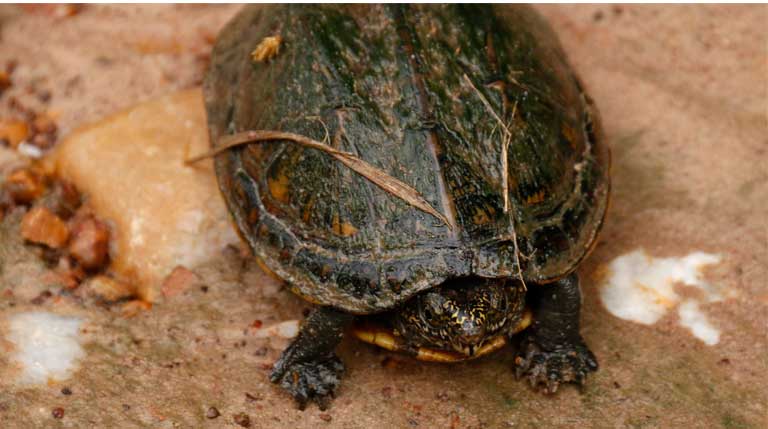
But what no one knows with any specificity is how these components come together. Rios’ office at UNODC had some general ideas about the Latin American trade. They are pretty sure, for example, that more animals leave Latin American airports in the pockets of “mules” than leave in, say, shipping containers.
They know that the most commonly trafficked species are brightly colored frogs and tropical birds sent to Europe to supply the pet trade; jaguar and caiman skins going to Europe for leather; illegally harvested fish shipped to Asia as dietary delicacies and traditional medicines. The continent also has its own domestic trade in medicinal animals: a Peruvian frog tincture, for example, is popular around the region — I saw it being sold in an herb and candle shop in Paraguay.
Big raids and busts do occasionally happen. And when they do, they reveal in stark relief the violent criminal networks secretly moving live animals and animal parts on an industrial scale. In May of this year, for example, the Ecuadorean attorney generals’ office recovered more than 100,000 shark fins in the port of Manta, almost certainly bound for China.
On Mexico’s Yucatan Peninsula, sea cucumbers, worth US $600 per kilo in Asia, have fueled fighting between rival gangs of fishermen. “We’re all going to die in a hail of bullets over this thing,” one fisherman told the English-language Mexico News Daily.
In the Sea of Cortez bordering Baja, totoaba fish are illegally hunted for their swim bladders, which according to InsightCrime get sold in Asia for soup worth “as much as $25,000 a portion” (see the original report here). These values approach — and in the case of the totoaba, far surpass — the value of a dose of heroin or other illegal street drugs.
The unknown unknowns
Law enforcement has very good reasons to assume the trade is far larger than what the local markets and a few big busts suggest. To start with, Latin America has many well-established criminal organizations that are already very good at moving illegal commodities.
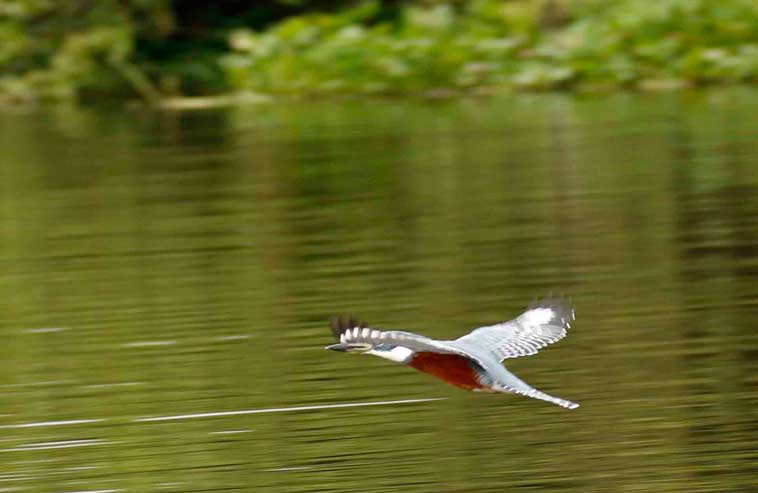
The outlaw groups of the continent’s forests and slums — whether they’re called paramilitaries, cartels, rebel groups — have in many locales come close to taking over the state itself, much like a strangler fig consuming the rainforest tree that originally supported it. In the US, such groups are often thought of as “drug trafficking organizations,” but that risks confusing the product for the structure. Groups ranging from Colombia’s paramilitaries to Mexico’s “narcos” have shown a willingness to move whatever is valuable; price spikes and new opportunism have fueled the growth of such organizations, and government law enforcement has caused them to arm and seek cover in corruption.
Another thing we know: the more illegal something becomes, and the more demand there is for it, the bigger the price it can demand. It is worth remembering that, as commodities, there is nothing particularly special about the handful of common crops we collectively call “drugs.” Aside from their sex appeal, coca, poppies, and marijuana are just agriculture commodities like tobacco or coffee or sugarcane. What makes them densely valuable is that they are popular and illegal — that is, that they are worth trading, and only criminals can trade them.
One of the unfortunate side effects of criminalizing drugs in the 1970s was a spike in their value, offering a great deal of money to anyone with the skill and ruthlessness to get them to consumers. This fostered the growth of what US Army researcher Max Manwaring has called “pirate states” and what popular media calls the narcos: independent rebel and criminal groups rich enough to control territory — even charging taxes to citizens and businesses.
When commodities become illegal, they explode in value, and traffickers eagerly begin to sell them — whether that be palm oil grown on stolen land in Colombia or “blood avocados” in Mexico or black timber traded anywhere there are still forests. An organization that can move cocaine can as easily move parrots and frogs.
Latin America’s already huge organized crime problem also means that local law enforcement officials have many other significant crimes to worry about — including drugs, arms and human trafficking. Even in government offices specializing in “environmental crime”, wildlife trafficking tends to get bypassed by other issues.
At the Paraguayan Prosecutor’s Office, Jorge Sosa, the head of the Environmental Crimes Department, candidly rated wildlife trafficking as one of his lowest priorities, far below endemic illegal logging or water pollution. “Habitat destruction is a much bigger threat here than trafficking,” he said — a point, that’s hard to argue in a country that’s on the top five list for deforestation. “If a logger cuts down a tree with a hundred parakeets in it,” he asked, “where are they supposed to go?”
There is also the problem that wildlife trafficking can be as lucrative as drug running, but carries far less risk and penalties. A Paraguayan woman, for example, was caught in 2013 trying to leave the Asuncion airport with 2,200 frogs, toads, and tarantulas, about half of which had died. (75 – 90% mortality rates are not uncommon in trafficked animals.) Upon being captured, she was ordered to pay about $3,500 toward reforestation. Had the shipment gotten through, according to Paraguay’s ABC Color news service, she could have earned $250,000 to $300,000.
It’s not hard to see why people take the risk: get caught flying out with a kilo of cocaine, do years in prison. Get caught with thousands of frogs, and your worst risk could be a fine or missing your flight.
In the case of the Asuncion market parakeets and owls, negligence was compounded by corruption. Local friends had called the country’s environmental ministry repeatedly to report the protected animals for sale. “But the [police] don’t do anything,” said Natalia Malky, an Asuncion biologist. “They’re scared to go into the market. The people inside all work together.” The pet-seller with the monk parakeets, for his part, told us that the authorities came and bothered him, “but I pay my taxes,” he added. Which, as a local security guard explained, just meant bribes.
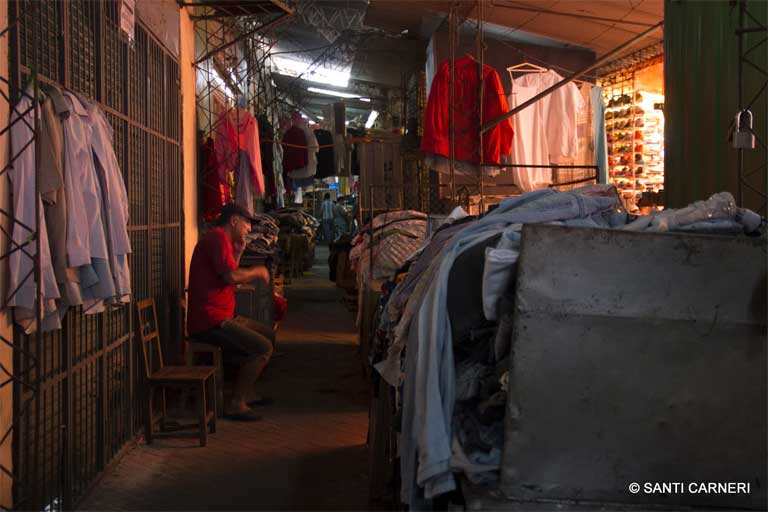
Small-scale corruption echoes big time corruption: Last year, SEAM, the Paraguayan environment ministry tried to end restrictions on hunting the endangered tegus, a lizard commonly harvested for its skin. The ministry said that it was going to now permit the harvest of over 200,000 animals, based on data that showed the species’ numbers had rebounded. But on inspection, that data turned out to be based on twelve-year old estimates of the much-depleted population. Under serious criticism, SEAM backed down. The prosecutor’s office suspected foul play; that someone linked to SEAM had a stash of illegal skins they wanted to sell. “We’re almost certain,” said Sosa. If they hadn’t been up to something, he said, “they wouldn’t have backed down so quickly.”
The way forward: treating wildlife traffickers like drug smugglers
Jorge Rios, head of UNODC’s environmental crimes office, would like to see wildlife trafficking treated more like drugs: as a serious criminal issue which the region’s police forces are trained and empowered to interdict, sharing information to help shut down transnational networks.
At a recent international conference on “eco-trafficking” in Cancun, Mexico, Israel Alvarado, the head of environmental crime for Profepa, the state prosecutor’s office, called for the countries of Latin America to reform their laws to make it easier for police forces to cooperate in fighting wildlife crime. He called on the region’s countries to use legal tools developed against arms and drug traffickers — such as wiretaps and money laundering convictions — against wildlife traffickers.
Rios believed that the October 2015 Cancun meeting was the beginning of a new chapter in regional trafficking enforcement: “We started to build a framework for sharing ideas, and just getting people to understand that wildlife crime is a problem.” Still, there is a long way to go.
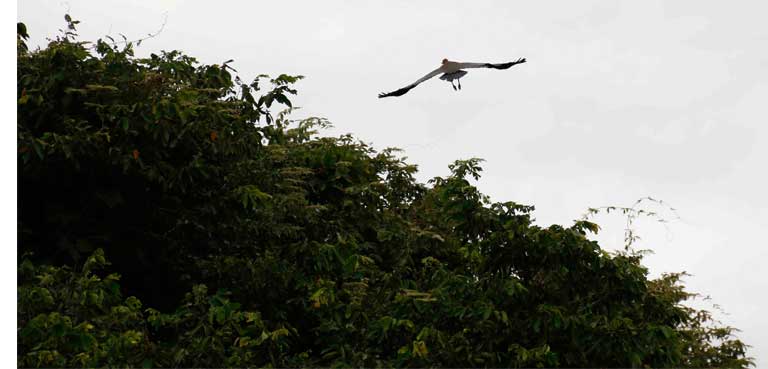
But with a heightened focus on wildlife trafficking in Latin America may come new trouble. The casualness and near invisibility of the trade to date may be one reason why it has so far escaped the violence of Africa’s parks, where a hundred rangers die every year in pitched battles with poachers.
One key lesson from both the ivory and drug trade is that trying to ban trafficking in a valued commodity without simultaneously limiting its demand, always spikes its price — emboldening hardened criminals to arm themselves, to kill, in order to secure their investments. Clearly, the way forward is to cut the international demand for shark fin soup, caiman skin boots, and rare animals as pets; diminish the extensive domestic trade; while also beefing up laws, penalties, law enforcement and customs capabilities at borders — a major undertaking that will require international funding and cooperation on a large scale.
If the governments of Latin America make war on wildlife traffickers without managing to cut international and domestic demand, they risk the danger of magnifying the crisis, and encouraging the result that they most fear: of making the trade even more attractive than it already is, increasing profits, and putting it firmly into the hands of criminal syndicates that are crafty, ruthless and strong enough to resist and subvert the states in which they operate.
